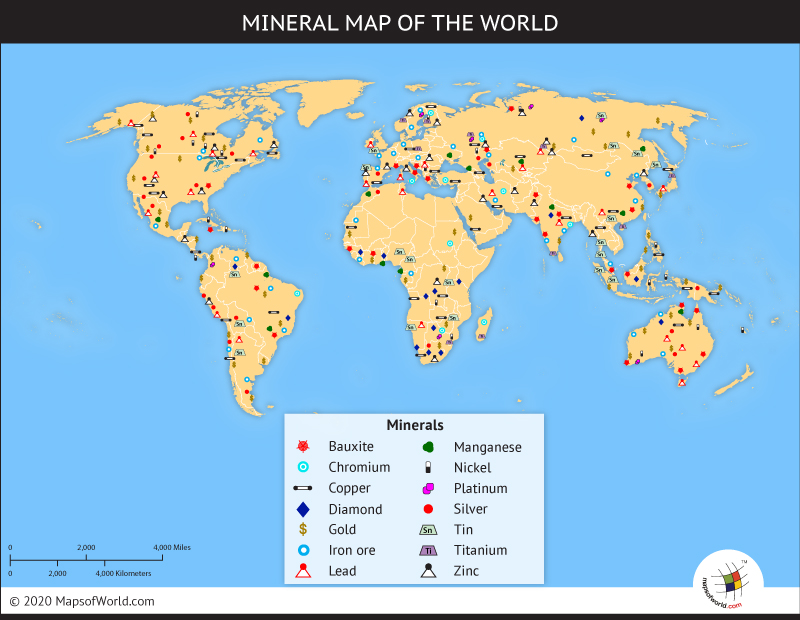Approximates Methods of Linear Measurements
These methods are used in reconnaissance survey or to detect major mistakes committed while measuring with better methods. On smooth roads they can give results within 1 % error. These approximate measurements may be by the followings -
(i) pacing
(ii) using passometer
(iii) using pedometer
(iv) using odometer
(v) using speedometer.
(i) Pacing: In this method surveyor walks along the line to be measured and counts the number of steps. Then the distance measured is equal to number of steps × average length of a step.
Average length of a step can be found by walking along a known length. A normal man takes a step of length 0.75 m to 0.8 m.
(ii) Using Passometer: A passometer is a watch-like instrument which is carried vertically in the pocket of shirt or tied to a leg. It records number of steps taken. Thus the problem of counting number of steps is eliminated in this approximate method of linear measurement.
(iii) Using Pedometer: This instrument is similar to passometer but it can record the distance instead of number of steps. In this, zero setting and setting of step length is made before walking.
(iv) Odometer: This instrument is attached to the wheel of a cycle or other vehicle. It records the number of revolutions made by the wheel. Knowing the circumference of the wheel, the distance traveled may be found.
(v) Speedometer: Odometer calibrated to give distance directly is called speedometer. This is to be used for particular vehicle only. All automobiles are provided with speedometers. By running the vehicle along the line to be measured distance can be found.
These methods are used in reconnaissance survey or to detect major mistakes committed while measuring with better methods. On smooth roads they can give results within 1 % error. These approximate measurements may be by the followings -
(i) pacing
(ii) using passometer
(iii) using pedometer
(iv) using odometer
(v) using speedometer.
(i) Pacing: In this method surveyor walks along the line to be measured and counts the number of steps. Then the distance measured is equal to number of steps × average length of a step.
Average length of a step can be found by walking along a known length. A normal man takes a step of length 0.75 m to 0.8 m.
(ii) Using Passometer: A passometer is a watch-like instrument which is carried vertically in the pocket of shirt or tied to a leg. It records number of steps taken. Thus the problem of counting number of steps is eliminated in this approximate method of linear measurement.
(iii) Using Pedometer: This instrument is similar to passometer but it can record the distance instead of number of steps. In this, zero setting and setting of step length is made before walking.
(iv) Odometer: This instrument is attached to the wheel of a cycle or other vehicle. It records the number of revolutions made by the wheel. Knowing the circumference of the wheel, the distance traveled may be found.
(v) Speedometer: Odometer calibrated to give distance directly is called speedometer. This is to be used for particular vehicle only. All automobiles are provided with speedometers. By running the vehicle along the line to be measured distance can be found.











